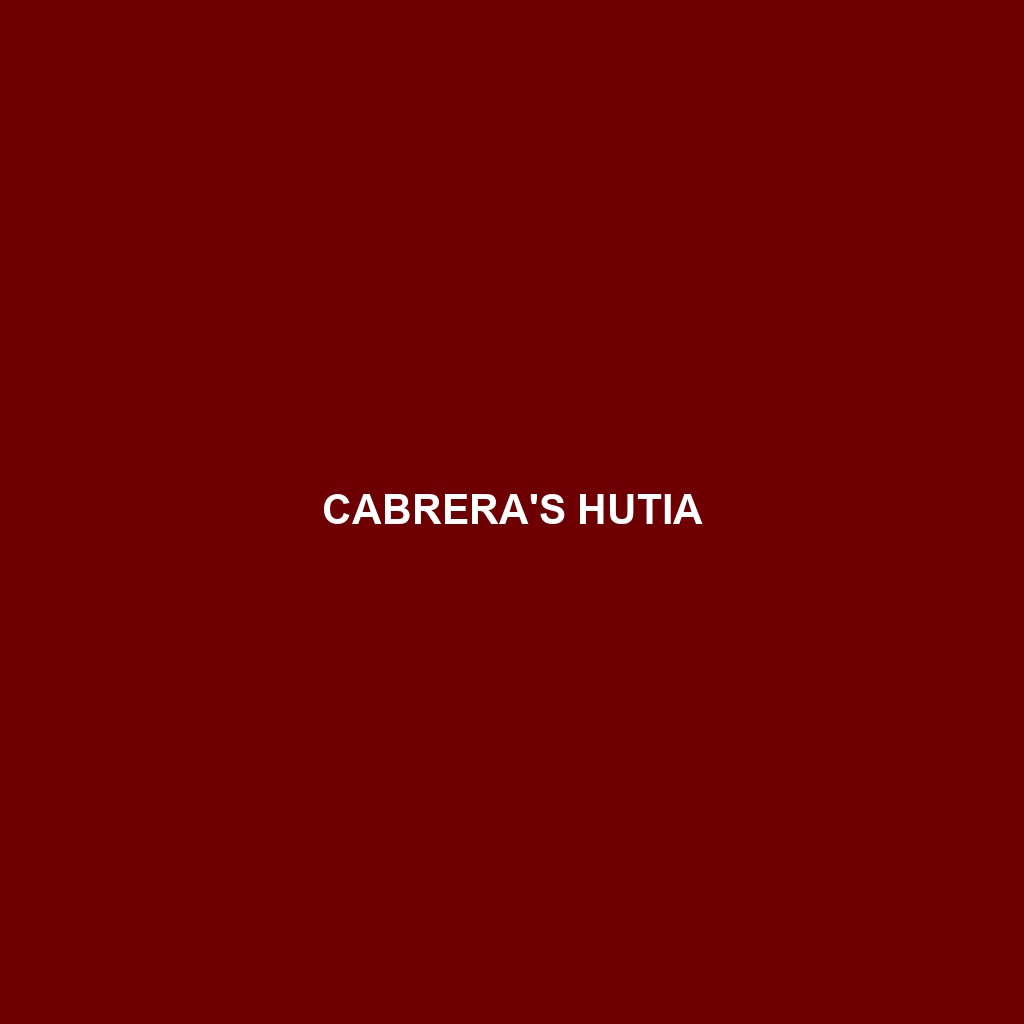Cabrera’s Hutia
Common Name: Cabrera’s Hutia
Scientific Name: Capromys pilorides
Habitat
Cabrera’s Hutia is primarily found in the coastal areas and forests of Cuba and the Bahamas. This species thrives in a range of environments, including tropical forests, mangroves, and brushy areas, where they can find shelter and food sources.
Physical Characteristics
Cabrera’s Hutia measures between 40-60 cm in length and typically weighs around 2.5-4.5 kg. They are characterized by their stout, robust bodies, short limbs, and long tails. Their fur is generally a mix of brown and gray, providing excellent camouflage amid the leaf litter. Notable features include large ears and chisel-like incisors, which are ideal for their herbivorous diet.
Behavior
These animals are primarily nocturnal, displaying crepuscular behavior by being most active during dawn and dusk. Cabrera’s Hutias are known for their social structure, often forming small groups. They communicate through a series of vocalizations and are adept climbers, often seen foraging for food in trees and shrubs.
Diet
Cabrera’s Hutia is an herbivore, primarily feeding on leaves, fruits, flowers, and bark. Their diet is diverse, including a variety of native plants which they play a role in dispersing, hence impacting their ecosystem positively. Common food sources include cacti, mangoes, and numerous other tropical plants.
Reproduction
The breeding season for Cabrera’s Hutia typically occurs between April and July. After a gestation period of approximately 60-70 days, females typically give birth to 1-3 offspring, which are weaned after about 2-3 months. Maternal care is significant, with mothers being highly protective of their young.
Conservation Status
Cabrera’s Hutia is currently classified as vulnerable by the IUCN Red List. The primary threats to their population include habitat destruction due to urbanization and agricultural expansion, alongside predation from introduced species.
Interesting Facts
One fascinating aspect of Cabrera’s Hutia is their ability to adapt to different environmental conditions. They also have long-lasting bonds within family groups, showcasing a level of social interaction uncommon among many rodent species.
Role in Ecosystem
Cabrera’s Hutias play a critical role in their ecosystem as herbivores, contributing to plant propagation through seed dispersal. They also serve as prey for larger predators, making them an integral part of the food web in their native habitats.
